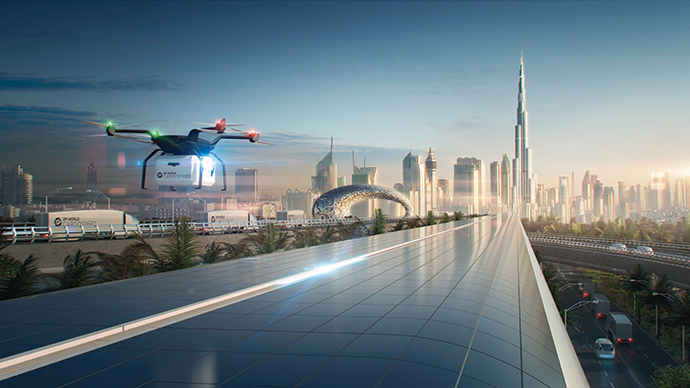The Covid-19 Black Swan has completely disrupted the U.S. and global infrastructure market, magnifying the cracks in the global infrastructure investment model. The magnitude of the problem is significant, but so is the opportunity.
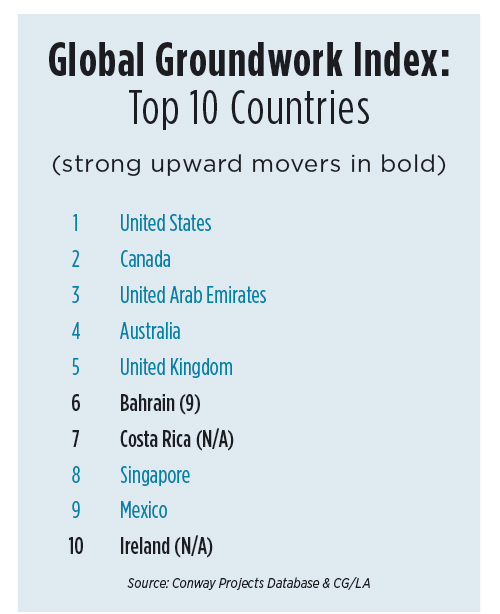
The International Finance Corporation sees emerging market domestic private investment declining by $700 billion this year over last, and foreign direct investment declining by $250 billion. A return to pre-crisis levels of investment will only occur in 2023. Using another metric, infrastructure project finance is down 75% when compared with 2019. Now for the opportunity: We believe that, both globally and in the U.S., this is a glass-half-full moment — an opportunity to rethink the infrastructure investment model, creating a new perspective, new tools and new sources of funding through which to channel investment into projects.
Tech Innovation, Private Funds and User Experience
Three factors will shape the investment climate going forward. First, the explosion in technology has the potential to cause enormous improvements in the performance of assets around the world, from highways to urban water systems, and including sectors as dissimilar as health facilities and transit systems. Just in the past few weeks, for example, I have been approached by firms with astonishing new technologies. Three are worthy of particular mention: (1) a company with patents on the creation of new smart roads, that are data rich; (2) a research institute driving the development of 5G-enabled dedicated driverless vehicle truck lanes on the U.S. interstate highway system; and (3) contactless charging for electric vehicles, from buses to commercial vehicles, that is not just a concept but a system being rolled out in Oslo, Norway. Who is going to pay for this? The development of data platforms to commercialize the data generated by public assets is the first new non-tax, non-debt, public revenue source in 4,000 years.
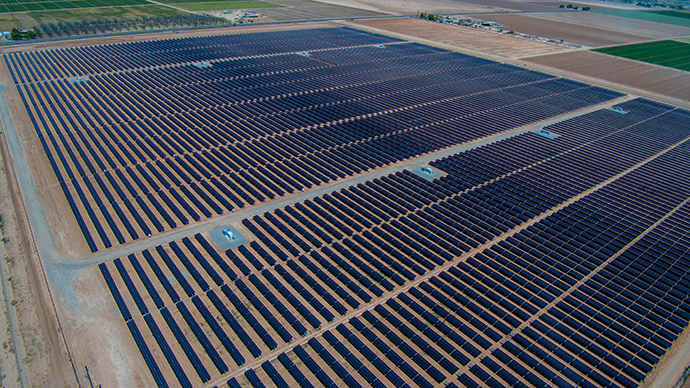
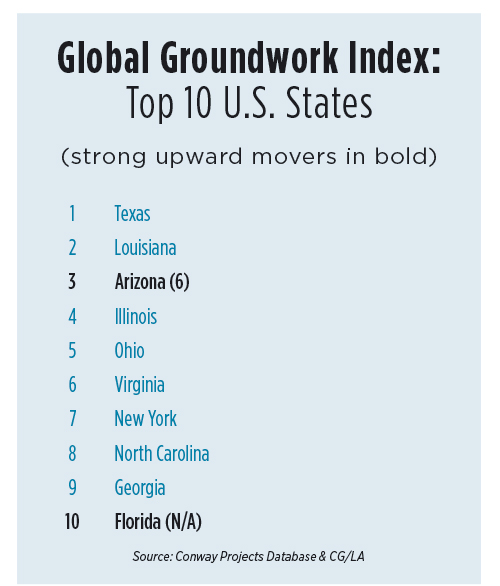
Second, the move to private investment in infrastructure will accelerate. This is particularly true in the U.S., as the country’s $27 trillion in federal government debt — along with state and municipal debt, also at record levels — will drive more innovative strategies for bringing private funding into projects. This includes both value capture and performance contracting, and it will happen quickly. For example, on Friday August 14, the Federal Transit Administration (FTA) announced that it would begin to support land value capture projects around transit facilities. The FTA will now allow the “use [of] federal money for joint development projects, which involve building commercial, residential or mixed-use facilities near transit or on land owned by transit systems.” Expect to see many more of these partnerships, irrespective of which political party is in power.

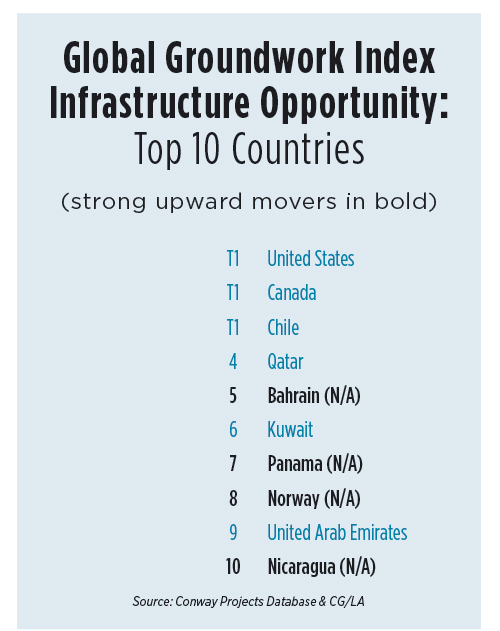
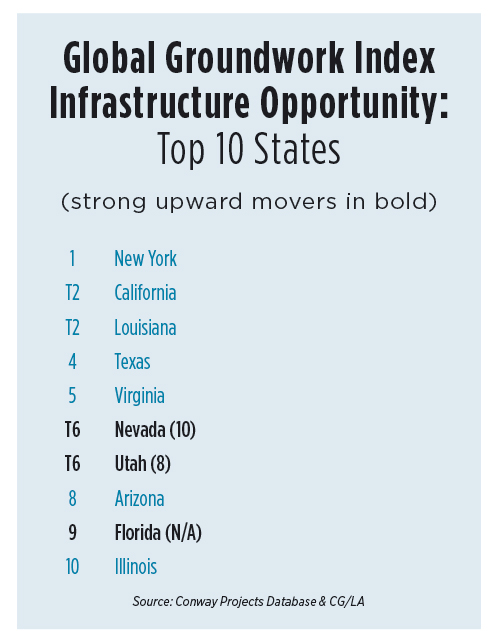
Third, especially in terms of infrastructure investment, we believe that the market will be transformed by a new focus on “really thinking hard about the user experience,” as Steve Jobs said when he came back to Apple in 1996. This is an inevitable result of technology and private investment invading the infrastructure space. Consumers, and the benefits provided to consumers (health, mobility, jobs, safety), are the reason for infrastructure investment — and so will now begin to drive everything from project design to ongoing revenue and the optimization of revenue.
Pent-up Demand
The macro fact that dominates our thinking is an extraordinary pent-up demand for projects all over the world. In our view this is a 30-year trend, and the opportunity to address it is now. In May 2020, CG/LA Infrastructure identified 550 “shovel worthy” projects across the United States with a combined value of over $600 billion. These projects range from small county/municipal works (minimum $10 million), to large, visionary projects — all of which would benefit both from a technology audit and new ways of attracting private investment. This demand is even greater in emerging markets, with real business opportunities in and around large cities (São Paulo, Istanbul, Ho Chi Minh City, Lagos), or in the world’s great opportunity zones (the U.S.-Mexico border being the most interesting one).
One U.S. visionary project worth highlighting in this context is the $30 billion Texas Central High-Speed Rail project connecting Houston with Dallas. A privately led development, the project will create a huge new investment dynamic and both downtown Houston and downtown Dallas. Over 37,000 total jobs is only part of the story — the project will also create manufacturing demand throughout the U.S., beginning with steel manufacturing in Indiana and Colorado. Led by projects like this, it’s no wonder Texas is No. 1 in this year’s Global Groundwork Index.
The World Responds
Initiatives around the world to drive recovery from COVID-19 have been anything but timid. In May, China launched a $2 trillion program focused on “new infrastructure,” including 5G and AI heavy projects. In July the EU launched its Green New Deal project, a €750 billion initiative to drive a return to growth through green infrastructure investments.
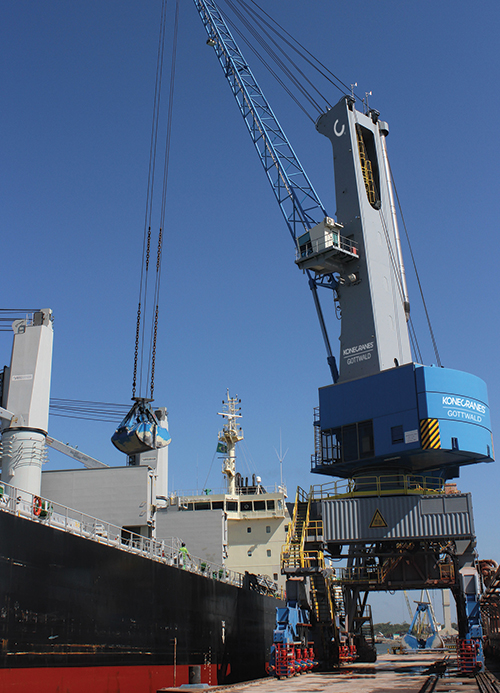
Developing countries don’t have the capacity to respond as swiftly with robust initiatives, but they are doing what they can. Indonesia, for example, launched a $412 billion mega infrastructure initiative running to 2024 and focused on infrastructure decentralization.
The world tends to respond slowly and unevenly to Black Swan events. It took four years, and an election, for the U.S. to create a public policy response to the Great Depression. My firm is working with others around the world through our GViP Platform to speed things up, bringing project sponsors together with funding, technical expertise and new technologies to move projects forward. From our point of view the key to global economic recovery is swift and robust infrastructure investment, in both emerging markets and developed economies.
If there was ever a time for the public and private sectors to work together in partnership, take risk and drive investment into imaginative projects, it is now, and over the next 12 months.
